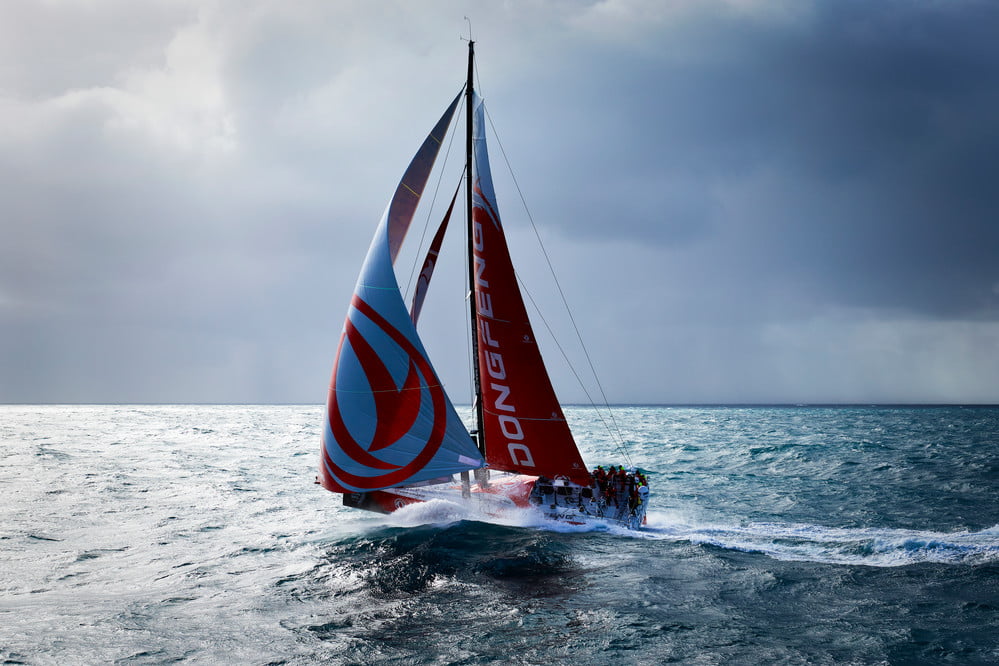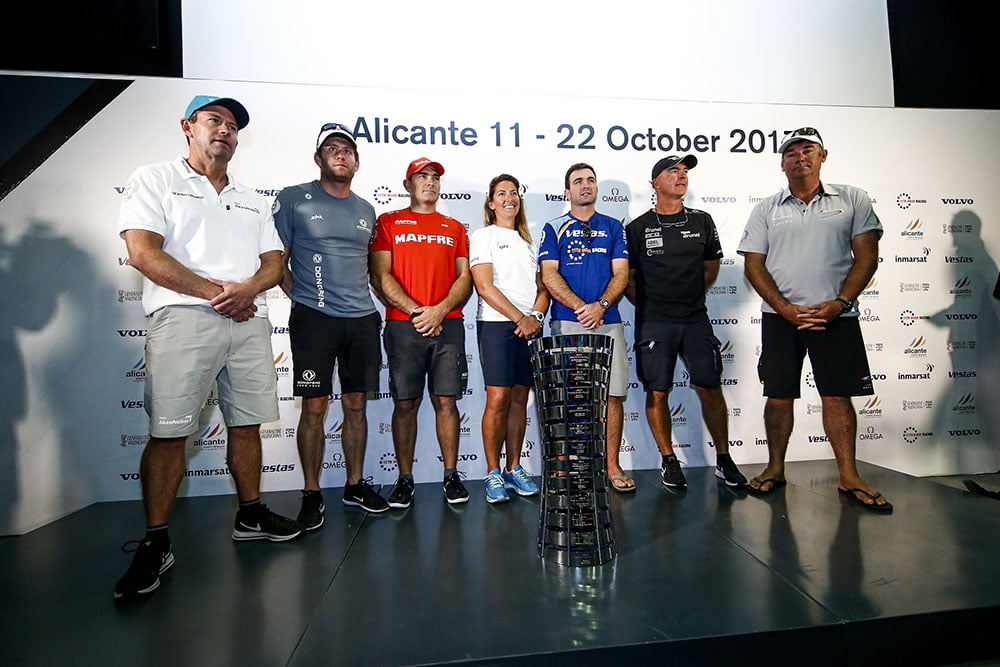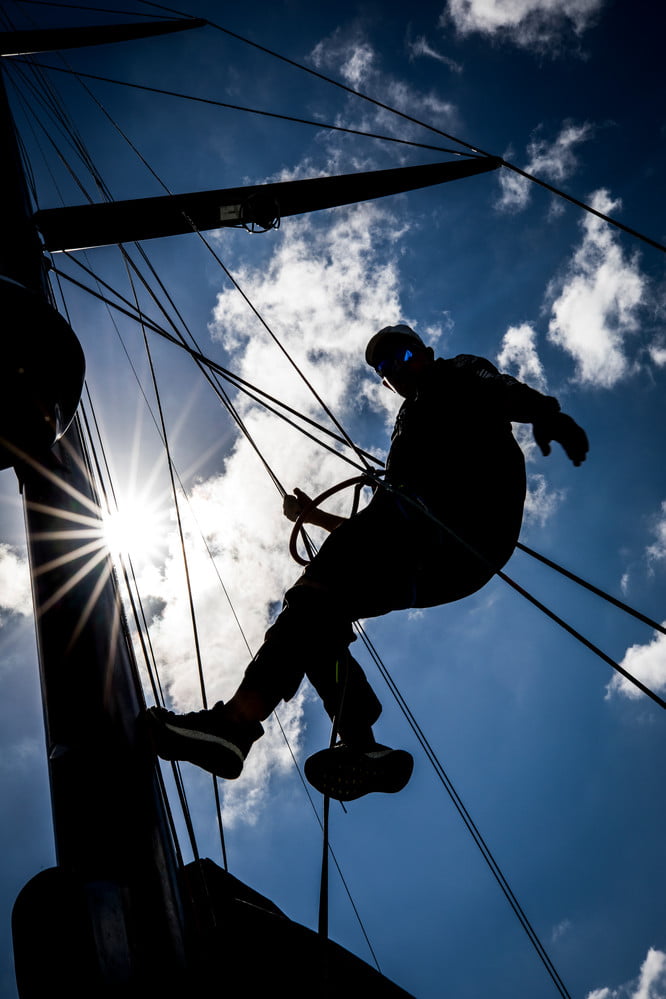The Spanish Volvo Ocean Race team MAPFRE wins Leg 3 from Cape Town to Melbourne, a 6,500 nautical mile dive into the fierce challenges posed by the Southern Ocean.
For the second consecutive leg, MAPFRE needed to come from behind to earn the victory. And for the second time in a row, it was Dongfeng Race Team they passed mid-stage, to snatch the win.
“We had to fight very hard for this victory,” skipper Xabi Fernández said moments after crossing the finish line. “There’s so much of the race to go. But for now it’s looking good and we’re very happy of course.”
The Southern Ocean pushed the teams to the limit. Extreme cold, storm force winds for days on end and towering seas posed massive seamanship challenges, let alone allowing for racing and tactics.
“The strongest point for this team is the group of people we have,” Fernandez acknowledged. “They are so good and give us so much and have been working so hard on this leg. It was so tough, but it’s all gone perfect. Now we have a few days for recovery and we can get ready for the next one.
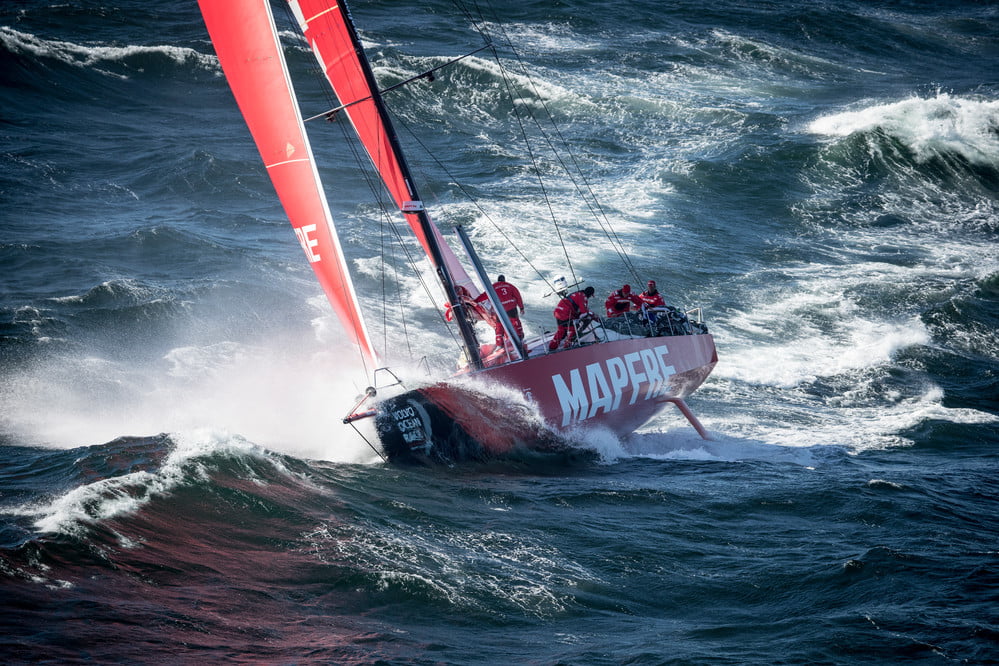
Dongfeng Race Team, nursing home a boat with a damaged keel system was able to fend off a late charge by Vestas 11th Hour Racing and Team Brunel to secure second place finish. It’s the second consecutive second place finish for skipper Charles Caudrelier’s team and this one will be bittersweet. The team led for much of this hard Southern Ocean leg and were disappointed to see MAPFRE make a pass to take the win
“This was the toughest leg I’ve ever done,” Caudrelier said. “We had this big fight with MAPFRE for most of the race and then a big problem on board just before the finish. A crazy section of gybing around the ice limits, it was a very, very difficult leg. We’re a bit disappointed after leading 80 per-cent of the time to give first place up to MAPFRE, but there are more legs to come and we will do better.”
Vestas 11th Hour Racing grabbed the final spot on the podium. Just after crossing the finishing line, Mark Towill, team director and co-skipper acknowledged the scale of the achievement “It was a tough leg. We’re happy to be on the podium again. It’s great to be in on Christmas and I know we’re all looking forward to getting ashore. It was a difficult leg, hard on the bodies, but everyone has held up well.”
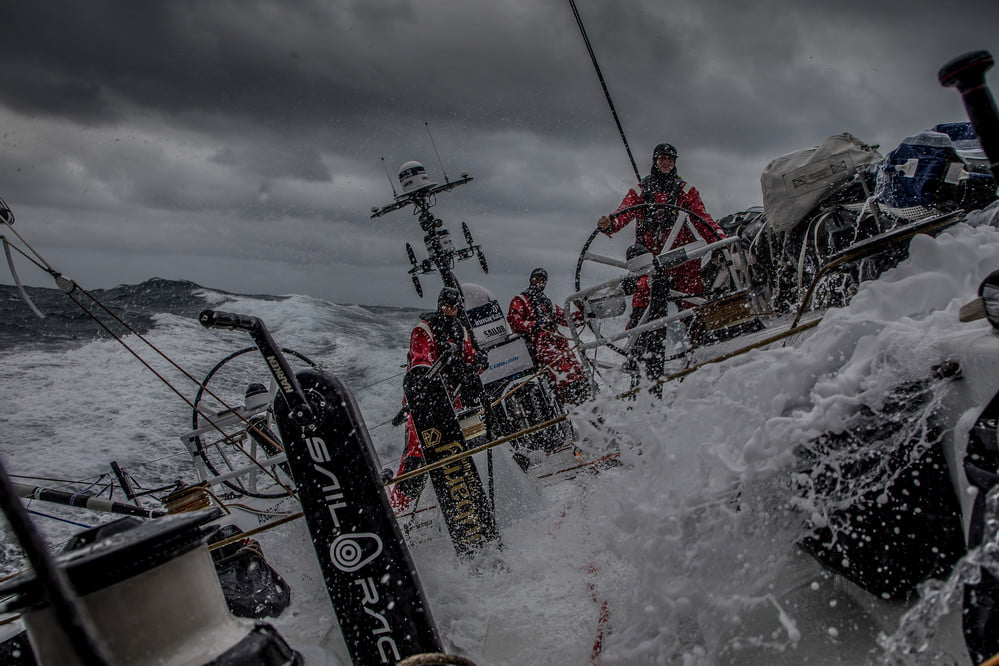
The Vestas 11th Hour Racing crew finished behind Dongfeng Race Team but ahead of Team Brunel. At one point, with about 36 hours to go, the race tracker showed nothing to choose between Vestas and Dongfeng in terms of distance to finish, but in reality, the tactical situation favoured the Chinese/French boat.
“It was looking pretty close for a little while, but they were always ahead,” Towill said. “They were always comfortable. Brunel sailed well too so credit to them. It was challenging conditions and we’re all happy to be here and in one piece.”
In fourth place was Team Brunel, skipper Bouwe Bekking knows it keeps his team in touch with leaders but wants to be challenging the leaders. hoa
“It’s been a really hard leg. We always expected it would be tough and it lived up to that,” Bekking said. “Plenty of breeze and some awesome sailing as well.
Fifth place in Leg 3 went to Sun Hung Kai/Scallywag who managed to hold off Turn the Tide on Plastic, for the second consecutive leg. Skipper David Witt steered Scallywag across the Melbourne finish line on a sunny boxing day, just in time for lunch. Turn the Tide on Plastic was less than three hours behind, after over two weeks and 6,500 nautical miles of close, hard-fought racing.
“Aussies arriving home after a tough leg. 6th place – shame we couldn’t catch those Scally’s. We tried and it was close. Hopefully next time,” tweeted Turn the Tide on Plastic skipper Dee Caffari as her boat approached the finish line.
Leg 3 of the Volvo Ocean Race represented a return to the roots of the race – a dip down to the Roaring Forties of the Southern Ocean, where storm systems circle Antarctica, unimpeded by land. The result is day after day of cold, strong winds and fearsome seas.
“The Southern Ocean always turns it on,” said Scallywag’s Luke Parkinson as the boat pulled up to the dock. “There are big waves and a lot of wind. This time we probably spent more time further south with day after day of big wind. It certainly can wear you down. When we turned left and headed up to Australia it was pretty special – a very good feeling. We’ve got to rest up now and be ready to leave in a few days.”
It’s an abbreviated stopover in Melbourne, with restrictions on how much work the crews are allowed to do on the boats, ahead of the start of Leg 4, to Hong Kong, on January 2, 2018.
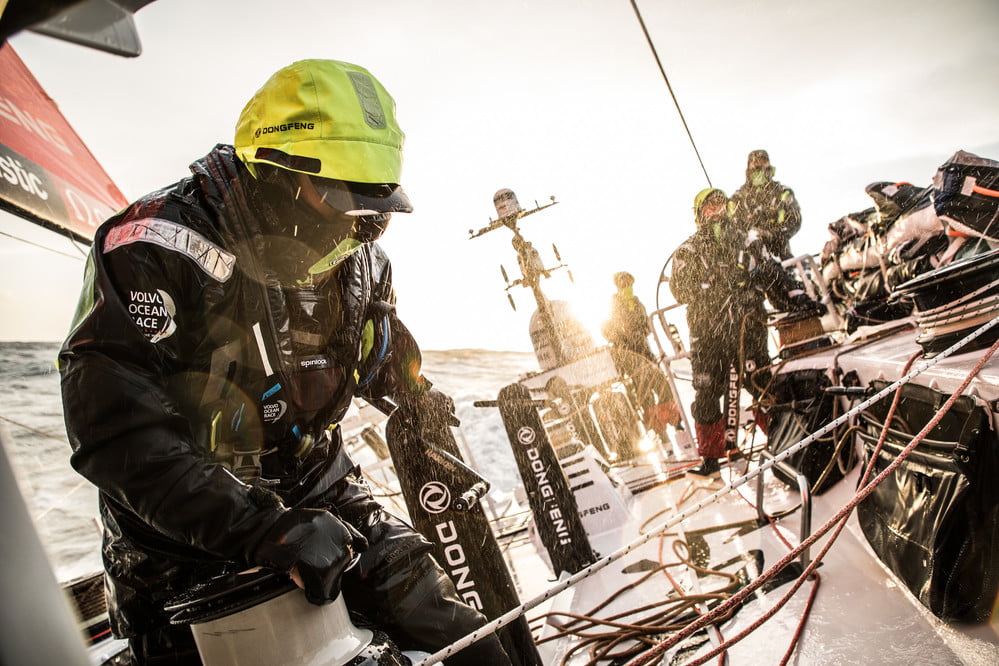
Volvo Ocean Race Leg 3 – Provisional Results
- MAPFRE – 14 days, 04h:07m:21s
- Dongfeng Race Team – 14 days, 08h:10m:16s
- Vestas 11th Hour Racing – 14 days, 09h:52m:11s
- Team Brunel – 14 days, 11h:36m:27s
- Sun Hung Kai/Scallywag -15 days, 13h:06m:31s
- Turn the Tide on Plastic -15 days, 15h:52m:50s
- team AkzoNobel – still racing
Volvo Ocean Race Leaderboard
- MAPFRE – 29 points
- Dongfeng Race Team – 23 points
- Vestas 11th Hour Racing – 23 points
- Team Brunel – 14 points
- Sun Hung Kai/Scallywag – 11 points
- AkzoNobel – 7 points
- Turn the Tide on Plastic – 6 points
Additional reporting, images: Volvo Ocean Race, Martin Keruzore, Jeremie Lecaudey, Konrad Frost, Ainhoa Sanchez
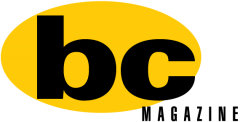
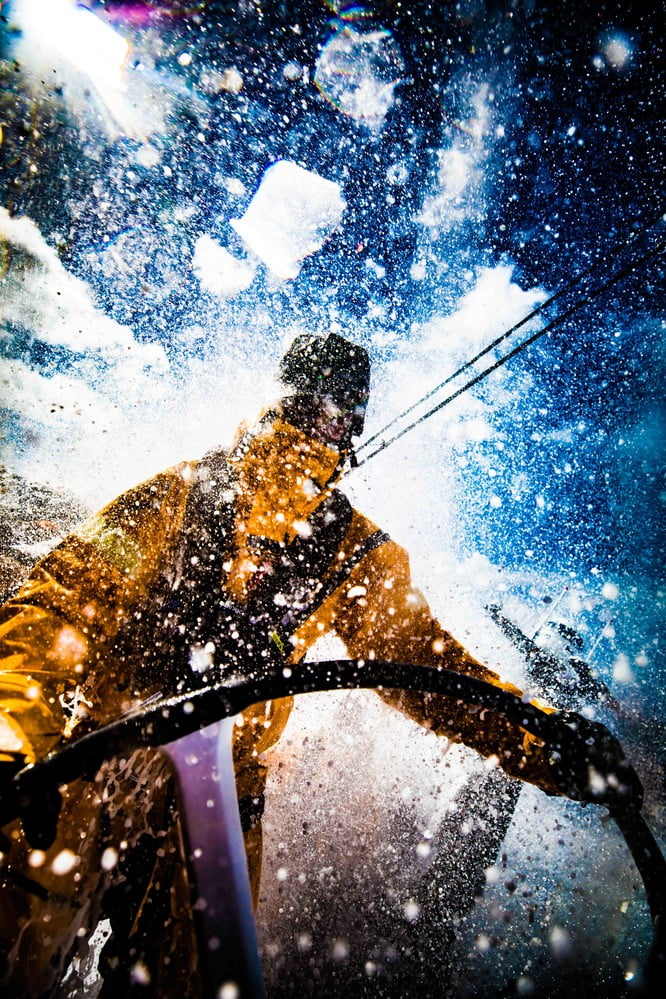
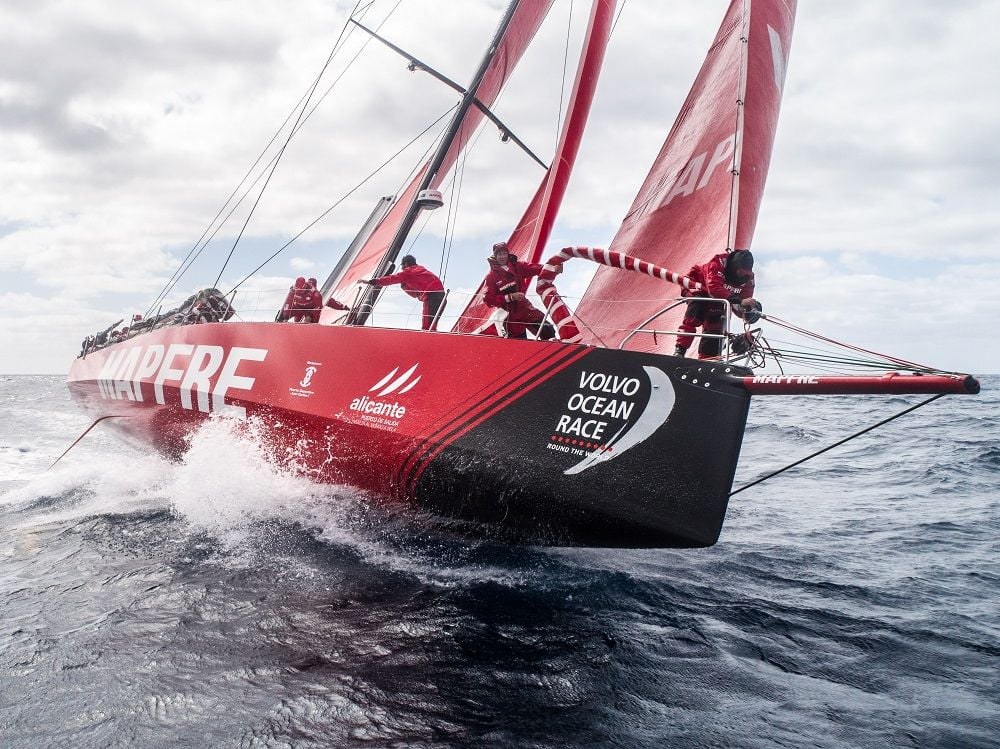
 “We should remember it’s late spring, just the beginning of summer and the winter has just passed in the Southern Hemisphere so the water is still bloody cold,” said race veteran Bouwe Bekking, the skipper of Team Brunel.
“We should remember it’s late spring, just the beginning of summer and the winter has just passed in the Southern Hemisphere so the water is still bloody cold,” said race veteran Bouwe Bekking, the skipper of Team Brunel.
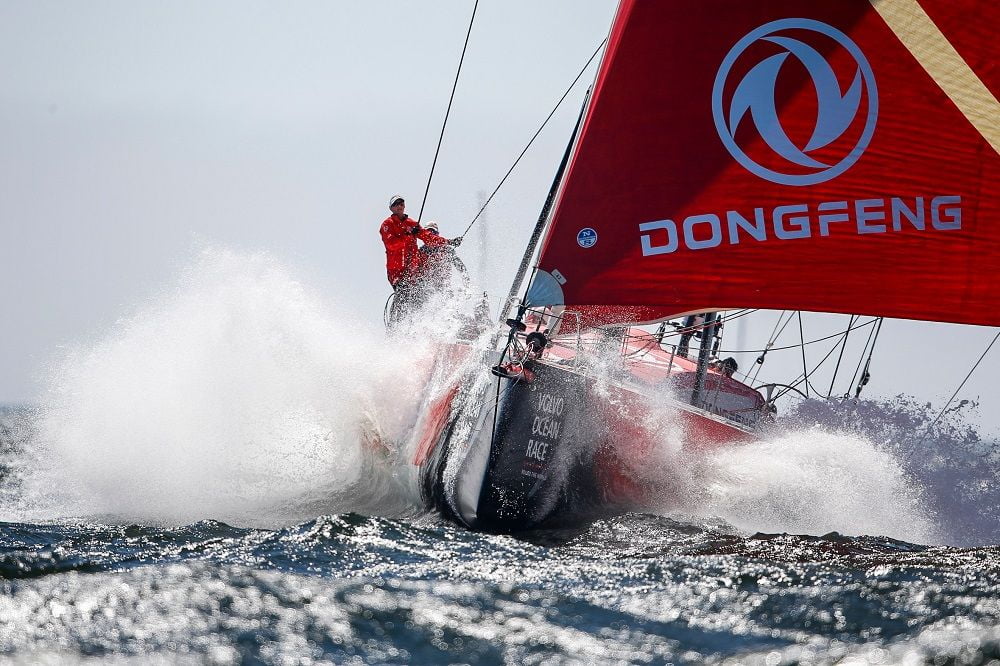
 Conditions were spectacular on the waters off Cape Town, with wind near 20 knots, under bright, sunny skies. Boat handling was at a premium in the fresh conditions and on the first two laps of the course, there were several very close crosses as the boats approached the turning gates.
Conditions were spectacular on the waters off Cape Town, with wind near 20 knots, under bright, sunny skies. Boat handling was at a premium in the fresh conditions and on the first two laps of the course, there were several very close crosses as the boats approached the turning gates. It didn’t hurt them immediately but when they next tried to deploy the sail at the final top mark, it wouldn’t fully unfurl, and the team was very slow for most of the final run.
It didn’t hurt them immediately but when they next tried to deploy the sail at the final top mark, it wouldn’t fully unfurl, and the team was very slow for most of the final run. But the Spanish team kept pushing its way up the fleet, finally forcing team AkzoNobel away with an aggressive luff near the final top mark, setting the table for the pass of Vestas 11th Hour Racing on the final run.
But the Spanish team kept pushing its way up the fleet, finally forcing team AkzoNobel away with an aggressive luff near the final top mark, setting the table for the pass of Vestas 11th Hour Racing on the final run.








